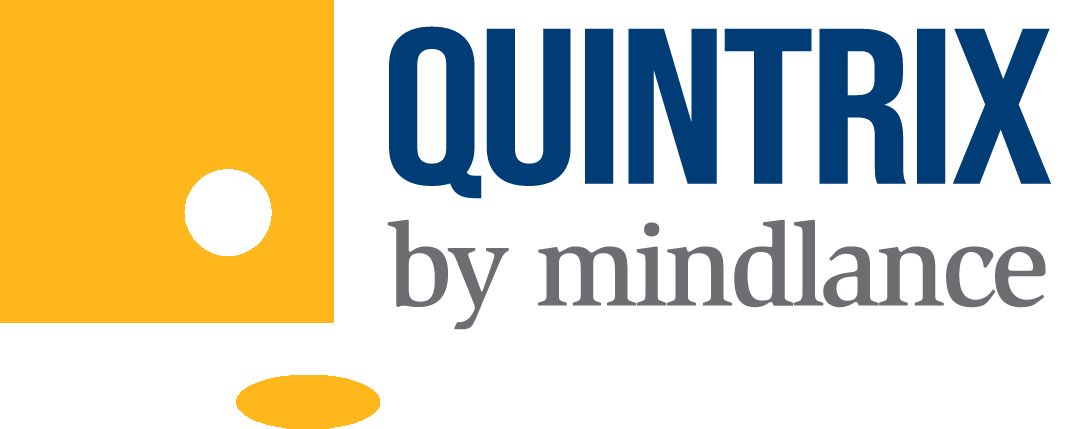Is Your Tech Team Ready to Embrace ‘Recruit-Train-Deploy’
There has not been a ton of innovation in talent development models in the recent past. The recruit-train-deploy, which is a holistic early-career talent development model has changed that. Many prominent Fortune 500 enterprises such as CapitalOne, Cognizant, Vanguard, and J.P. Morgan have successfully employed this innovative model and its quickly becoming mainstream.
Recruit-Train-Deploy (RTD) helps enterprises build a pipeline of custom-trained IT talent who can address their strategic and specific skills and resource needs. This highly cost-effective and low-risk model allows businesses to hire vetted and uniquely trained talent primed to add value to their IT organization. In addition, the professional development element of the training produces well-rounded talent and requires no upfront investment. Many prominent enterprises such as CapitalOne, Cognizant, Vanguard, and J.P. Morgan have successfully employed this innovative model. However, not all organizations are a good fit for RTD. It requires scale and team involvement.

However, if you need to fill just-in-time, one-off roles, RTD may not be a good fit.
The RTD approach to early career talent development and deployment features a 12-week training and vetting process, identifying and developing talent more successfully (in the long run) than any other talent model. Having said that, the RTD model is not a perfect fit for every organization. Read below to learn if RTD is right for your team and company.
You Must Be Hiring at Scale
RTD is a cohort-based training and deployment model designed to train and infuse capabilities for a specific technology, skill, or stack. While there is no upfront investment in recruitment or training, the model only works at a threshold scale. A typical RTD cohort consists of 15-20 associates, but we have seen slightly smaller and larger cohorts. Associates are involved in synchronous training based on a curriculum co-designed with your technology team. This ensures the right skills are learned, enabling your new talent to hit the ground running.
If you require talent (let’s say under 10 professionals) across multiple skill sets, you can select a generic training track focused more on foundational skills like cross-technology, industry knowledge, and professional development.
Key Takeaway: RTD is a viable model for tech teams needing to hire more than ten early-career individuals trained in a specific skill or stack. This approach, however, requires an 18-week lead time.

Diverse
Talent Curation
4 weeks

Experiential
Learning
12 weeks

Immersive
Deployment
12 months
Your Line Managers Must be Involved
The RTD service provider typically works in tandem with your technology team to plan and execute this talent acquisition initiative. To ensure success, your team must commit to a modest level of early involvement (primarily around co-developing the training curriculum) to ensure a great candidate experience, timely project execution, and the development of properly trained professionals.
An effective RTD services provider should provide a candidate success team to support associates on the job. However, this is not a substitute for the support your line manages would provide. Once on board, the new talent should be closely guided and mentored by your internal line-manager team, who can provide more precise, job-specific support. The RTD provider’s success team will certainly continue to liaison between the new talent and the line managers to ensure advancement.
Key Takeaway: The RTD model is the opposite of just-in-time hiring and requires careful planning and execution, your team’s upfront curriculum-development involvement, and the presence and buy-in from your line managers.
A best practice to mitigate downstream issues and win your team’s support is to involve your line managers early on in the planning phase. They can provide crucial curriculum input that will help ensure the success of the new hires, and their foundational involvement helps mitigate future pushback. You do not want the new talent coming aboard without the critical skills your line managers demand.
Key Takeaway: Involve your line managers early in the process. This helps you integrate the new hires into the team and reduce their time-to-productivity.
Contract-to-Hire Possibilities
While your new talent is initially considered temporary, they don’t have to stay that way. Similar to a so-called “try before you buy” philosophy, you can hire your new talent at any time permanently. In fact, a successful RTD service provider should help you facilitate this transition. Your RTD partner ought to provide ongoing support and training for the first 12-15 months of the deployment of the new hires. During this initial yearlong stage, your talent will work as employees of the RTD company and contractors to you. This is a crucial period for the development and productivity of the new hires.
The RTD staff’s continued involvement enables them to liaise between the new hires and your line managers. The RTD team can help you develop work plans, establish a communications cadence, resolve conflicts, and meet the goals of your projects. This process helps integrate the talent into your technology team, preparing them to be converted to permanent employees if your organization chooses to keep them. Your RTD partner should not charge extra for this transition.
Key Takeaway: Contract-to-hire is the recommended path for identifying and integrating early career talent into your technology team before they are considered ready for potential permanent hire.



